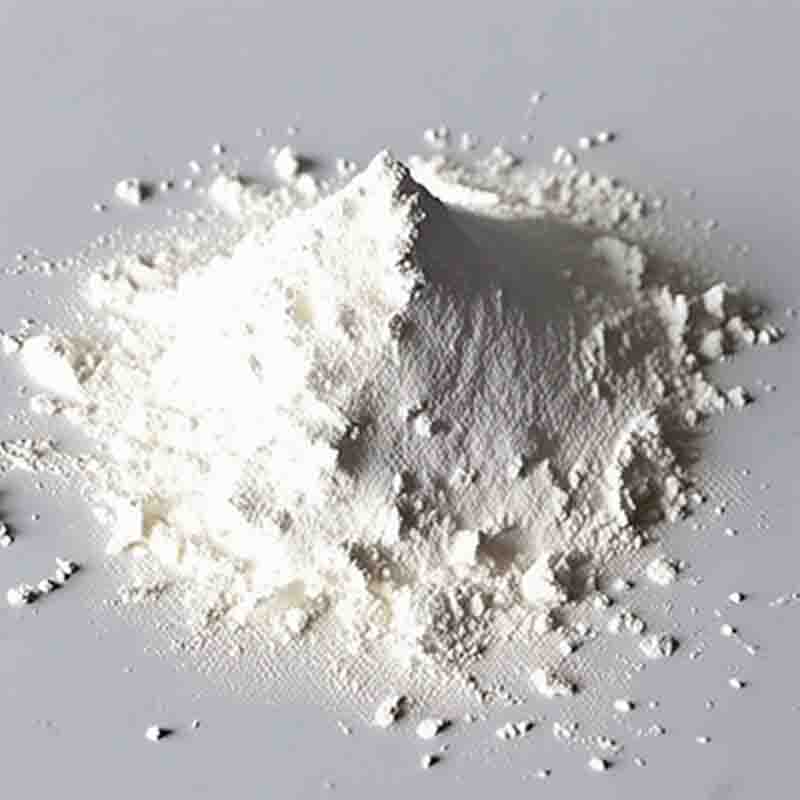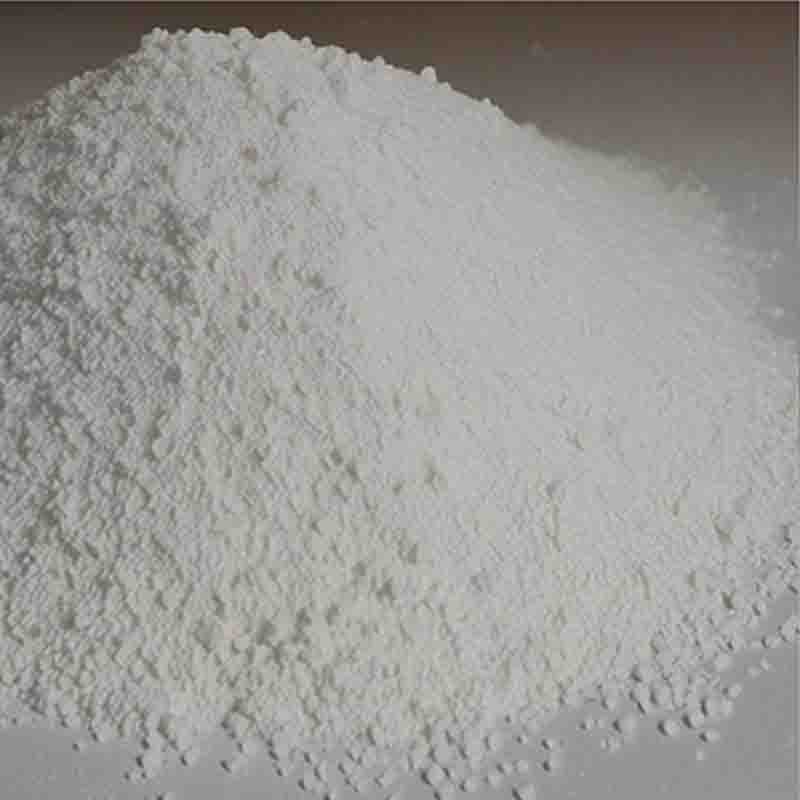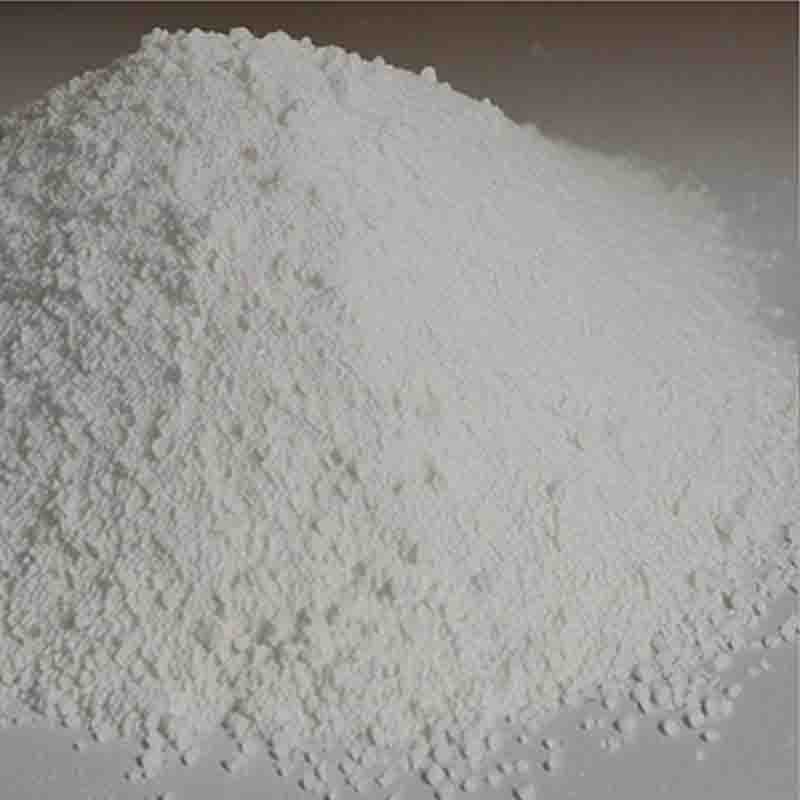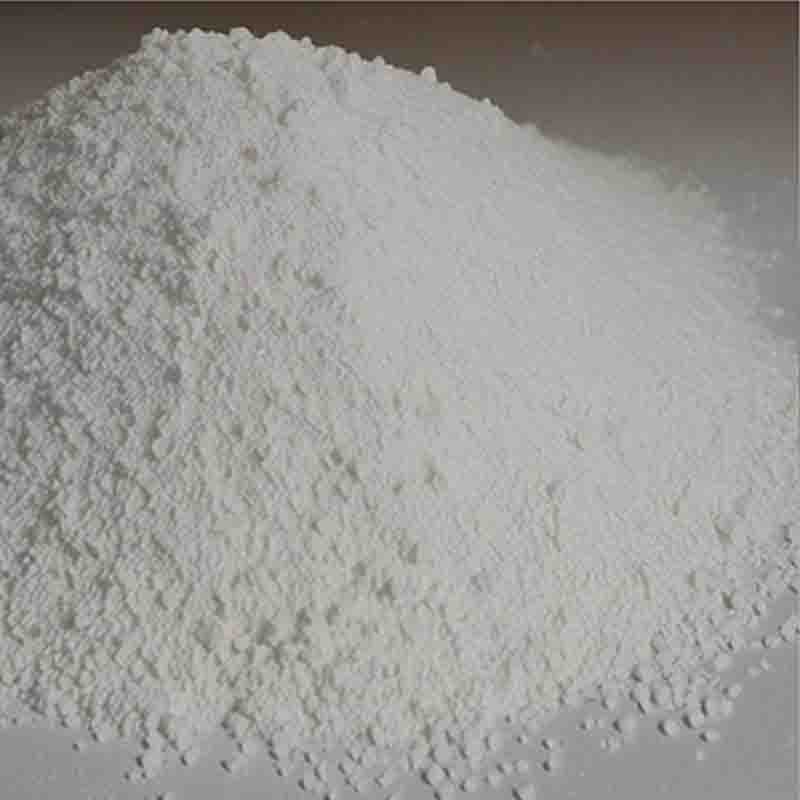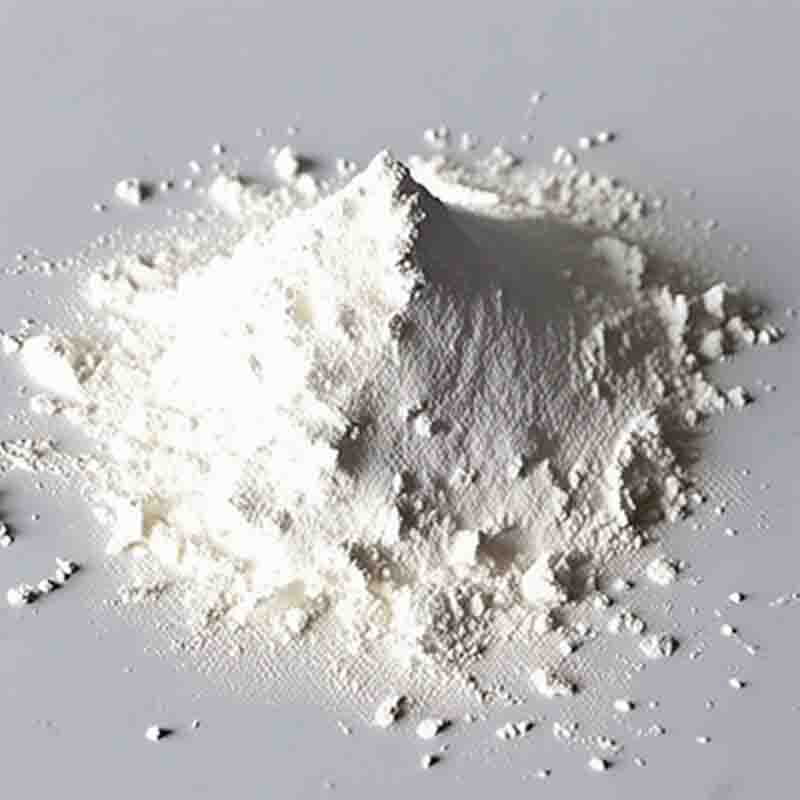Phenyltrimethoxysilane CAS: 2996-92-1Phenyltrimethoxysilane CAS: 2996-92-1
| Catalog Number | XD95142 |
| Product Name | Phenyltrimethoxysilane |
| CAS | 2996-92-1 |
| Molecular Formula | C9H14O3Si |
| Molecular Weight | 198.29 |
| Storage Details | Ambient |
Product Specification
| Appearance | White powder |
| Assay | 99% min |
Phenyltrimethoxysilane is a chemical compound with various applications in different fields, including materials science, surface modification, and organic synthesis.
In materials science, phenyltrimethoxysilane is commonly used as a precursor for the synthesis of organosilicon materials. It can undergo hydrolysis and condensation reactions to form phenyl-functionalized siloxane polymers or resins. These materials exhibit excellent thermal stability, mechanical strength, and chemical resistance, making them suitable for applications in coatings, adhesives, or encapsulation materials.
Moreover, phenyltrimethoxysilane finds applications in surface modification. It can be used as a coupling agent or adhesion promoter to improve the bonding between different materials. By treating surfaces with phenyltrimethoxysilane, the surface energy can be modified, enhancing the wetting behavior or compatibility with other substances. This makes phenyltrimethoxysilane useful for applications such as coatings, adhesives, or surface treatments.
Furthermore, phenyltrimethoxysilane is utilized in organic synthesis as a building block for the preparation of various compounds. Its silane functionality can undergo various reactions, such as hydrolysis, condensation, or crosslinking, leading to the formation of new organic or organosilicon compounds. Phenyltrimethoxysilane derivatives may find applications in the synthesis of functional materials, such as liquid crystals, polymers, or surfactants, where the introduction of a phenyl group or silane moiety is desired.
Additionally, phenyltrimethoxysilane can serve as a surface modifier or dispersant in the production of nanoparticles or nanocomposites. Its hydrolysis and condensation reactions can be controlled to produce surface-functionalized nanoparticles or nanocomposites with tailored properties. Phenyltrimethoxysilane-treated nanoparticles or nanocomposites may exhibit improved dispersion, stability, or compatibility in various applications, such as electronics, catalysis, or energy storage.
In conclusion, phenyltrimethoxysilane has diverse applications in materials science, surface modification, and organic synthesis. Its ability to form organosilicon materials, modify surface properties, and act as a building block for the synthesis of functional compounds makes it valuable in various industries. Further research and development are continually expanding the potential applications of phenyltrimethoxysilane in these fields.




